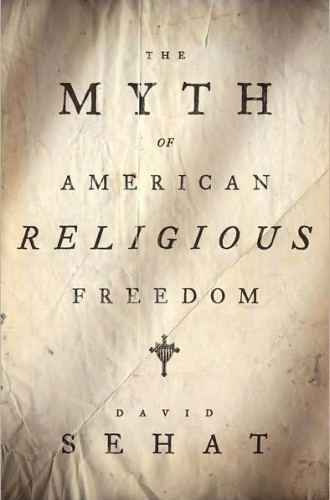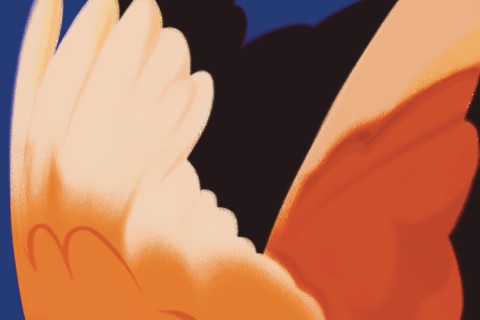The Myth of American Religious Freedom, by David Sehat
In 1859, an 11-year-old Catholic boy, Thomas Whall, refused to recite the Ten Commandments from the King James Bible in a public school. McLaurin Cooke, an assistant principal, whipped Whall's hands with a rattan rod for 30 minutes. With his hands bleeding and swollen, the boy finally gave in. Police arrested Cooke, but a court dismissed charges of assault and battery.
For David Sehat, the torture of Thomas Whall is an especially glaring example of a larger historical reality. In The Myth of American Religious Freedom, Sehat argues that the early American republic created a Protestant Christian "moral establishment" that not only persecuted Catholics, Jews and Mormons but also reified white supremacy, patriarchal authority and corporate control.
The core argument in The Myth of American Religious Freedom is that for decades liberal justices and politicians have been fighting bad laws and precedents with bad history. In cases involving religion and public schools, for instance, justices have treated devotional exercises as aberrant violations of fundamental American principles. They have mistakenly suggested that Thomas Jefferson's interpretation of the Establishment Clause ("a wall of separation between church and state") reflected a consensus during the first 150 years of the American republic.






